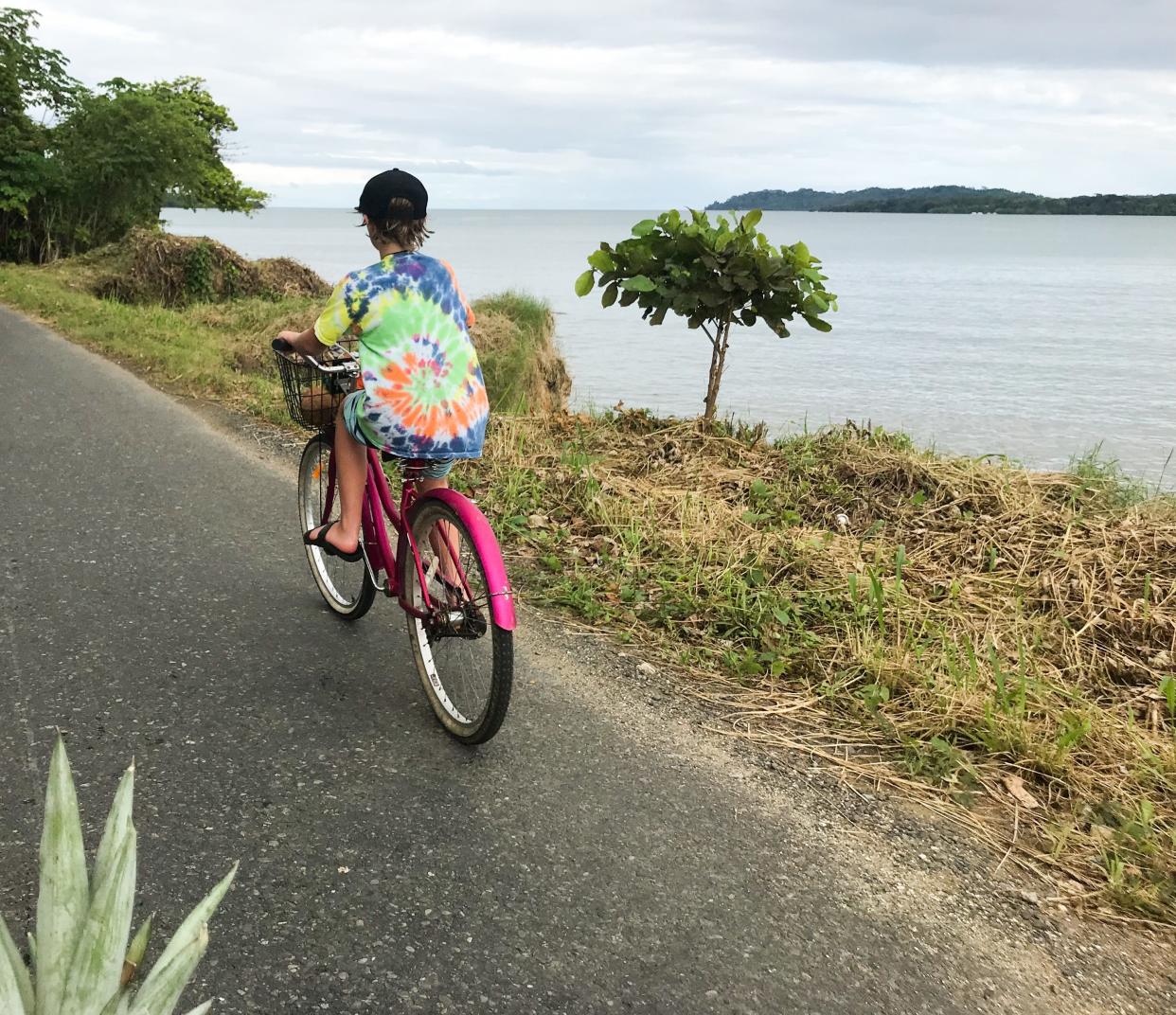While I lived in Panama, my son got 2 summer breaks. Summer vacation is different there than it is in the US.

I lived in Panama for two years and my son split time between there and the US.
He got to enjoy two summer vacations; one in the US, and one in Panama.
We no longer live there, but I'm thankful for the experiences we had.
In May 2021, I moved to Panama. My partner and I lived there for two years, and during that time, my son would spend one month with us and one month with his dad and stepmother in the States. This was possible only because he has been homeschooled since first grade, and his dad and I established a system to keep his work in both homes synchronized.
The experience was hectic and difficult at times, but I am a big believer in experiencing different countries, cultures, and people — and in the idea that sometimes you have to take a big leap to do so.
Kids start their summer vacation mid-December in Panama
We learned a lot during our time in the country, and one of the more pleasant surprises was that summer vacation there generally begins in mid-December (at the end of the rainy season) at the end of the second trimester of school. School doesn't pick back up again until February.
This schedule created an interesting opportunity for my son, who was about to be 12 when he experienced his first summer in Panama. Besides how incredible it was to play in the ocean and wear short sleeves in the middle of January, he also found himself surrounded by kids everywhere we went — something that he hadn't always experienced in his time in the country.
My son got to spend more time playing with kids during the summer
Panama's schools run on a trimester system, and the trimesters typically run from February to June, June to September, and September to December. For the majority of the school year, I was able to find a few friends for him through Facebook groups for expat families. We connected with other homeschooled children from France, South Africa, and Germany, but he had a harder time making friends with Panamanian children — or even spending much time with them at all. The added challenges of language barriers and adjusting to a new home in a new country for only half the year didn't help.
But summer in Panama brought about new opportunities for hanging out with kids. He didn't sign up for any camps or programs (at the time, his Spanish was very new), but he also didn't shy away from getting to know kids at the parks, playgrounds, and when we were out at local events.
His first January in Panama offered a respite from the newness of it all; he could spend a little time just being a kid with other kids. It was comforting to find that a language barrier didn't always matter when two (or more) kids could bond over play, no matter where we were. He had some schoolwork to work on to maintain his participation in classes in the States, but we focused on keeping things light so he could have more unstructured time to experience what was around him.
While we lived in Panama, my son got two summers
Making a major change or move is almost always a challenge, and doing so when you're not even a teenager yet takes mental and emotional fortitude that not everyone has. Though our long-term plans in Panama didn't work out the way we imagined, and now we split our time evenly between the US and France, the years we spent there were unique and fun — and that's in no small part due to the summers my son experienced there.
By the time summer rolled around in the United States, most Panamanian children were back in the classroom, and the rainy season was rolling in. In a sense, my son got to experience the best of both homes: friends in each spot, plenty to see and do, and two summers to be as free as he wanted.
Read the original article on Business Insider

 Yahoo News
Yahoo News 
